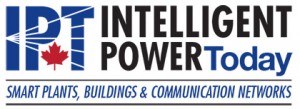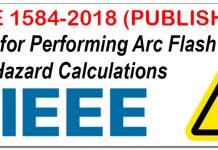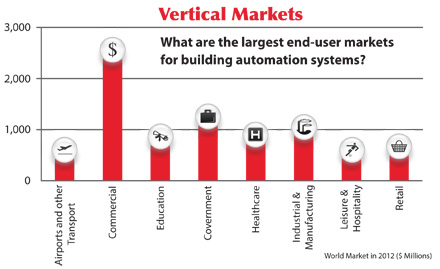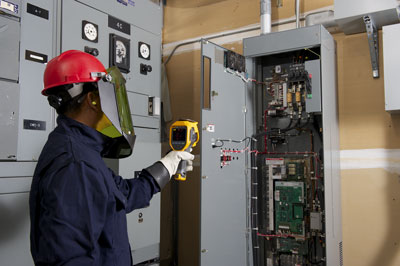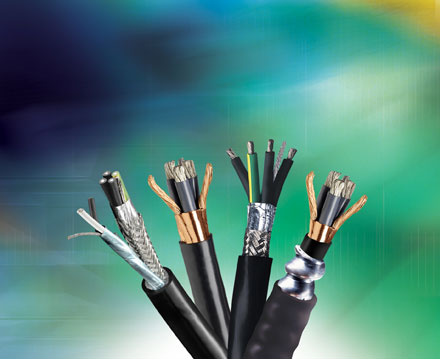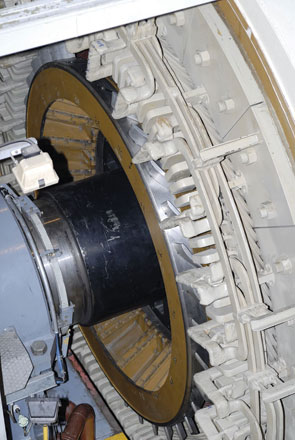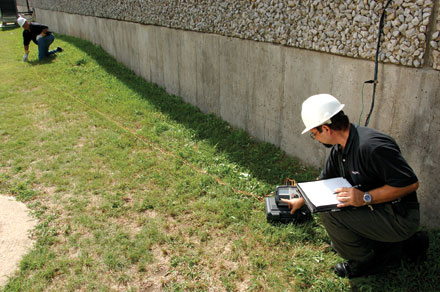Power system software tools are now being used on a day-to-day basis to analyze arc flash hazards and to find new ways to reduce hazards effectively before people work on energized equipment. Automation within software has allowed quick analysis of complex systems and design of solutions for arc flash hazard mitigation.
TYPES AVAILABLE: Although most arc flash hazard analysis software products are similar, what separates them are the degree of complexity, level of automation and ease of use for complex systems. Here are two available broad types.
Simple software: For simple arc flash calculations, printing warning labels.
Complex-Automated: For modeling complex protective systems and quickly checking the results for systems with or without hazard reduction protection schemes.
GOOD FOR: Before working on energized equipment, the software allows users to simulate arc flash hazards. The software is also meant to be a planning and design tool. By simulating various settings of protective devices, and by trying out different types of protective devices or switching configurations, users can find ways to minimize an arc flash hazard.
COMMON FEATURES: Most power system software products for arc flash hazard prevention have similar features. Here is a list of these features that are common to all types.
One-line Drawings: One-line drawings are created as a graphical representation. This allows users to quickly visualize the system.
Equipment Data: Users enter data for equipment so that the software knows the key characteristics that are necessary for calculations.
Analysis Results: The calculation results may be provided in many different formats (integrated with the one-line drawing, spreadsheet reports, warning labels and work permits).
Q: What are some of the benefits of using arc flash software?
Arc flash software is instrumental in meeting the requirements of CSA Z462: “Workplace Electrical Safety”, published by the Canadian Standards Association, and, NFPA 70E: “Standard for Electrical Safety in the Workplace”, published by the National Fire Protection Association.
Up-to-date drawings may be easily maintained for the electrical system and be used for planning and analysis. Energized electrical work permits can be easily created with the arc flash and shock hazard analyses included and a description of appropriate personal protective equipment (PPE). Arc flash labels can be printed, and labels can be quickly revised when the system changes.
SIMPLE ARC FLASH SOFTWARE
Simple arc flash software products support the basic calculations and functions for typical distribution systems that use basic overcurrent trip devices. They are used in label printing, spreadsheet reports and the display of results on one-line drawings. Time-varying currents are not modeled by simple products, therefore, they are not suitable for generating systems and systems with multiple sources. Complex protective systems such as zone selective interlocking (ZSI) and maintenance mode (multiple) trip settings are not fully modeled.
ZSI scheme circuit breakers and relays communicate between devices and allow the devices to trip much faster than time delay coordinated overcurrent devices. The maintenance mode trip is a temporary fast-acting trip that will be used only during maintenance work. At normal operation, the trip device will be set at a time delay to allow for selective coordination with downstream devices.
COMPLEX-AUTOMATED SOFTWARE
Complex-automated software products can model ZSI protective devices by properly taking into account the restraining signal between devices. Users can quickly test the results between having the ZSI scheme “on” or “off”. An arc flash reduction maintenance mode switch can also be modeled and the results can be compared between normal and maintenance mode conditions. Both of these technologies can be used to significantly reduce an arc flash hazard. In power systems with multiple sources, arc currents are likely to decrease over time as various devices trip at different times.
Also, complex-automated software carries out a simulation of the arc and all the equipment in the system in small time steps, while accumulating (integrating) incident energy over time as the current varies. This “integrated” method is an accurate and realistic method of performing an arc flash hazard analysis, as opposed to the simple single calculation approximation. All the complexities are handled behind the scenes by the software so that the user has a quick and easy approach to modeling his system and operating the software. Many engineers, electricians and technicians are now switching to complex/automated software to make their calculations more accurate and obtain results faster.
